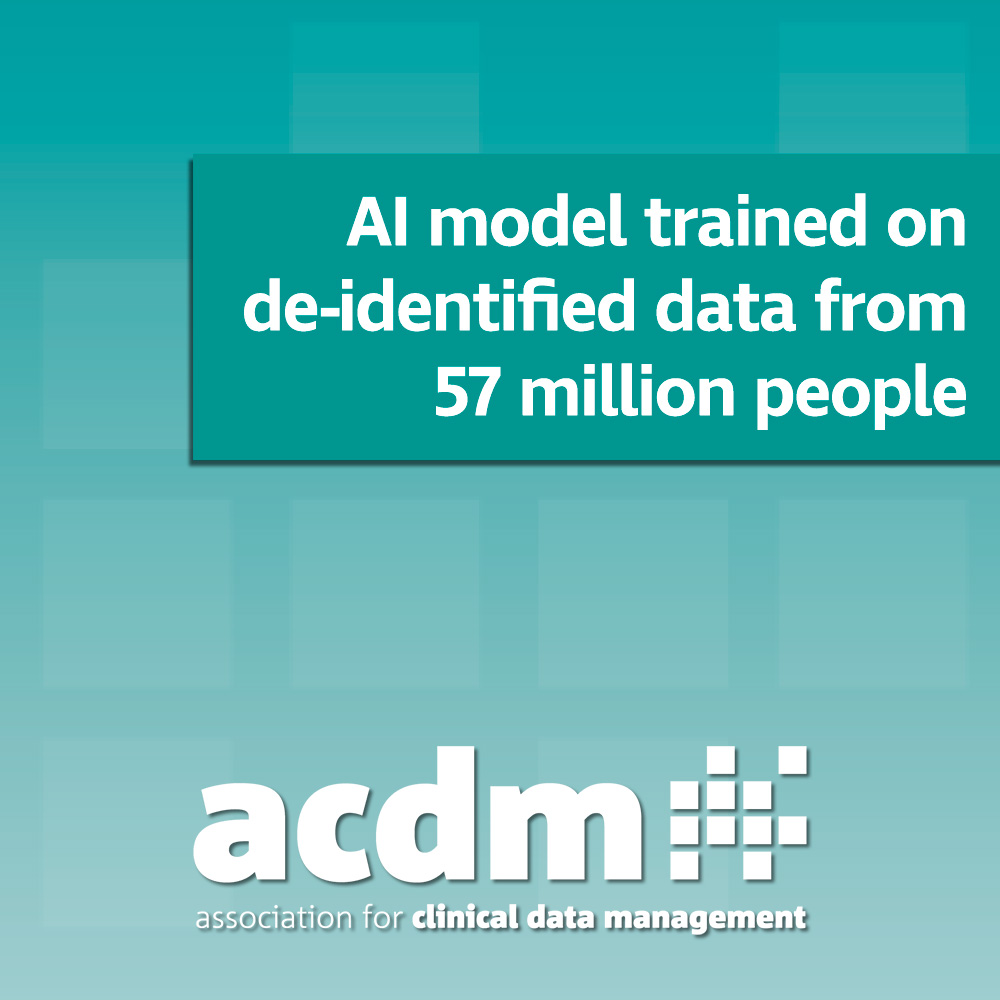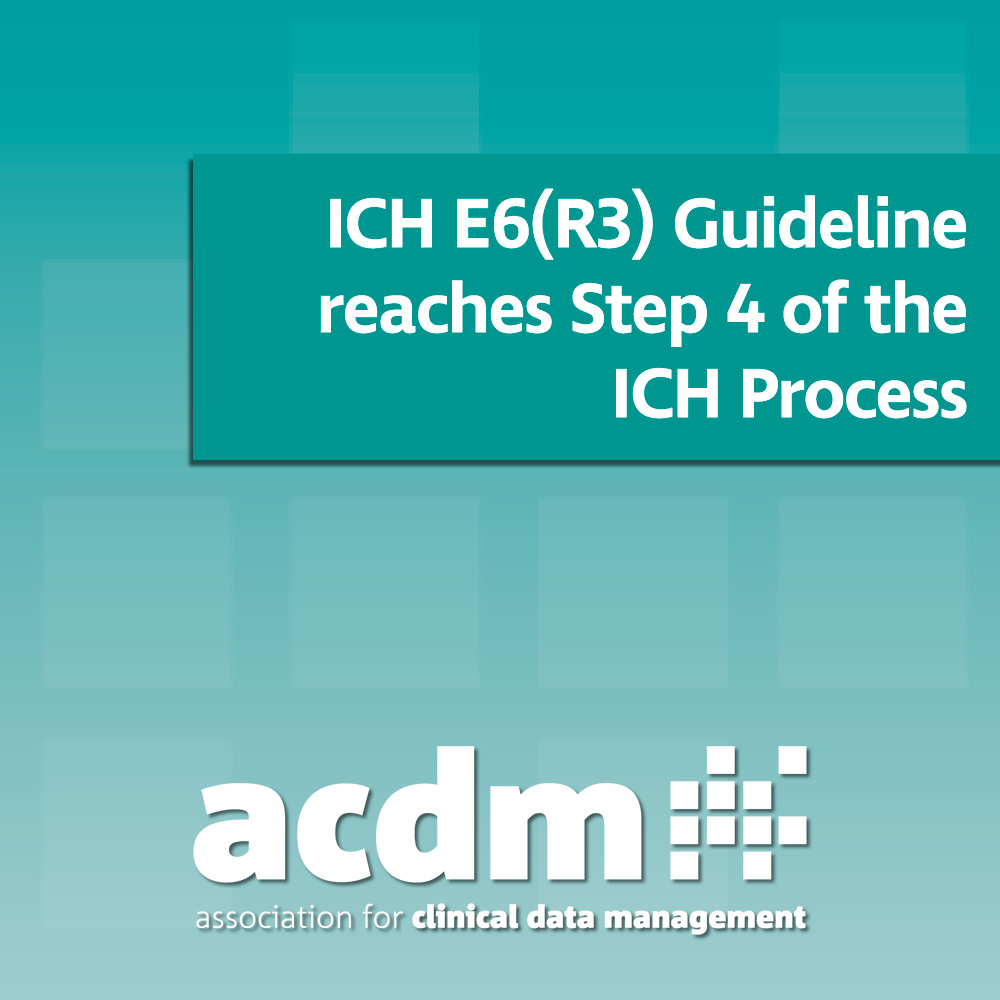Digital Data Flow (DDF) integration through the lens of electronic Patient-Reported Outcomes (ePRO)
Date: September 23, 2024
This article has been submitted by Leeni Joshua of ICON plc
Introduction:
Digital Data Flow (DDF) provides a mechanism to modernise clinical trials, facilitating a digital workflow that enables the automated generation of study elements and configuration of study systems to support the execution of clinical trials.
DDF initiative supports the creation of a digitised protocol that can be used by the downstream systems involved in the execution of the clinical trial. As a result, this enhances the flow of clinical information by improving its quality and relevance, while ensuring traceability across systems. Consequently, it leads to enhanced and optimised processes throughout the entire life cycle of the clinical trial.
The Role of ePRO in Clinical Research:
Patient-Reported Outcome (PRO) measures play a crucial role in clinical research, providing information that formsthe basis for decisions related to study design. The increasing adoption of electronic Patient-Reported Outcomes (ePRO) has transformed the landscape of data collection in clinical research, enabling traceability, automated dataflow and interoperability between systems.
This article explores the integration of DDF with both upstream and downstream processes in the context of ePRO, highlighting the challenges faced and the advantages gained in leveraging DDF as a foundation for data exchange, leading to greater compatibility among systems, flexibility to sponsors, and improved clinical trial efficiencies.
Interconnected Processes with DDF:
The upstream and downstream processes in DDF are interconnected using a common, industry-standard StudyDefinition Repository (SDR). DDF uses these standards to digitise the information related to major protocol components such as study information, study objectives, endpoints, inclusion/exclusion criteria, schedule of activities, and more.
By establishing a lineage between the Schedule of Activities, visit information, and data definition in a Metadata Repository, it becomes possible to automate the study build process in EDC and generate Data Transfer Specifications for ePRO.
Integration of DDF with these processes encounters challenges such as standardising diverse data inputs. For example, instruments like the Patient Global Impressions scale or the Pain intensity scale, which are in the public domain, do not have a single standardized version. This is due to the inclusion of the specific disease/condition, signs related to the disease/condition, function, and/or functional impact of interest within the wording of the global item; Additionally, the response options on these instruments vary and have not yet been standardised.
Questions also emerge in ensuring compliance with existing regulatory standards such as the CDISC controlled terminology. The test concepts and codelists assigned to questionnaire items in the SDTM terminology and SDTMIG supplements are typically derived from traditional paper versions. However, Issues may arise when items from the ePRO system are submitted differently due to programmatically derived or concatenated data. These issues can result in downstream errors, specifically with Pinnacle 21 (P21) validation rules.
Nonetheless, since DDF is agile and vendor agnostic, any product or platform capable of consuming data in a CDISC standard format can be easily integrated into the digital data flow and accommodate any change in standards, minimising the impact on ongoing trials and reduce the cost in change management.
Transformative Impact of DDF Integration:
Most PROs are standardized tests that is of Classical Test Theory (CTT), which are composed of a fixed number of items – that is, a question and its associated response scale and results in summed scores and requires respondents to complete the entire test for comparability. While they may be simple to administer, it may lead to increased burden due to the quantity of questions required to be answered, especially when the subjects are asked to complete multiple PROs together. Computerized adaptive tests (CATs) instead, use a variable number of items selected from a larger set of items, also known as an item bank. The item bank typically provides information across the full range of severities of a particular concept of interest, for example, physical function. Each subsequent item is selected based upon the responses provided to all the previous items. In this way, the response to each subsequent item becomes more focused and precise, leading to a higher level of confidence in the final estimate or score of the concept being evaluated. When sufficient confidence in the reliability of the estimate is achieved, the test can stop, and no further questions are required.
DDF opens doors to create end-to-end lineage and automated information flow between the clinical protocol and the downstream ePRO systems, thereby using advanced analytics such as IRT in CAT to enhance the optimisation of study design and refining analysis populations, scheduling of activities, patient engagement and operational efficiencies.
Addressing Technical and User Challenges:
The implementation of electronic clinical systems can be challenging in general, and ePRO systems are particularly susceptible to difficulties. In addition to facing typical technical issues, ePRO is also used by potentially thousands of study participants, many of whom may have limited technical understanding. Therefore, to ensure that all trial participants are included, the implementation of ePRO systems may need to be done in parallel with existing paper PRO collection systems.
Conclusion:
In summary, the integration of DDF with upstream and downstream processes involving ePRO presents challenges,particularly those related to regulatory compliance, technology barriers and costs of change management. However, it is important to consider these concerns within the context of early adopters’ success and the increasing interest and support from the FDA.
The effective integration of DDF not only improves data quality and integrity but also accelerates processes, empowers decision- makers, and contributes to advancements in patient-centric clinical research.













